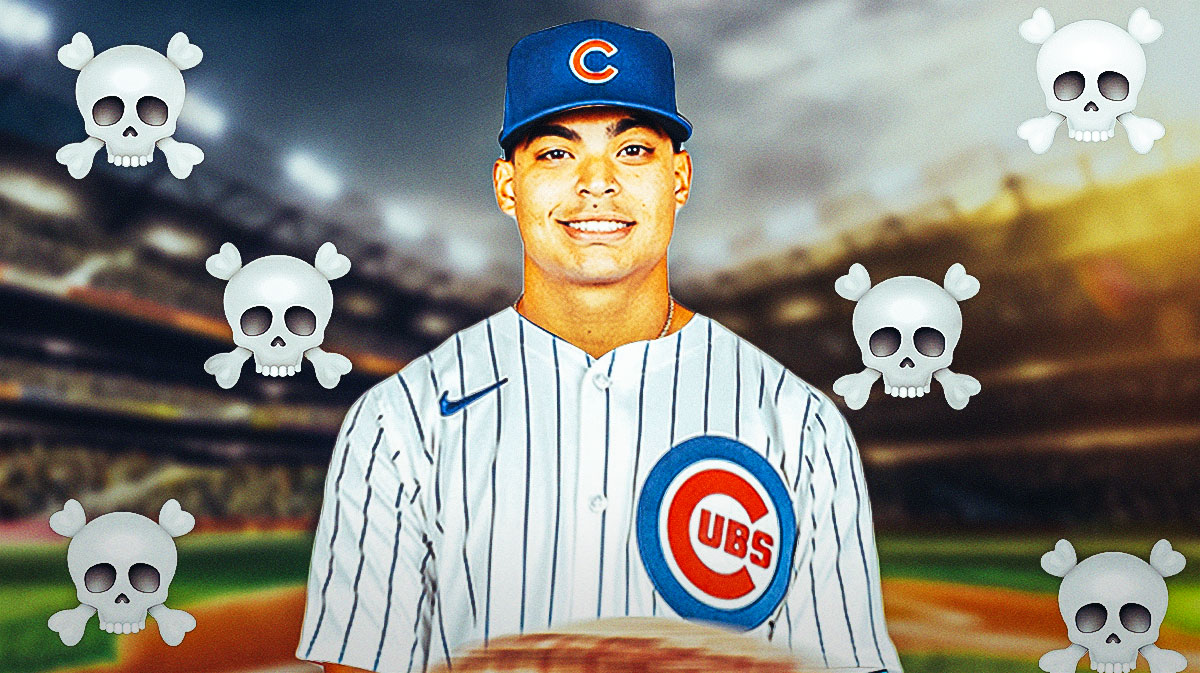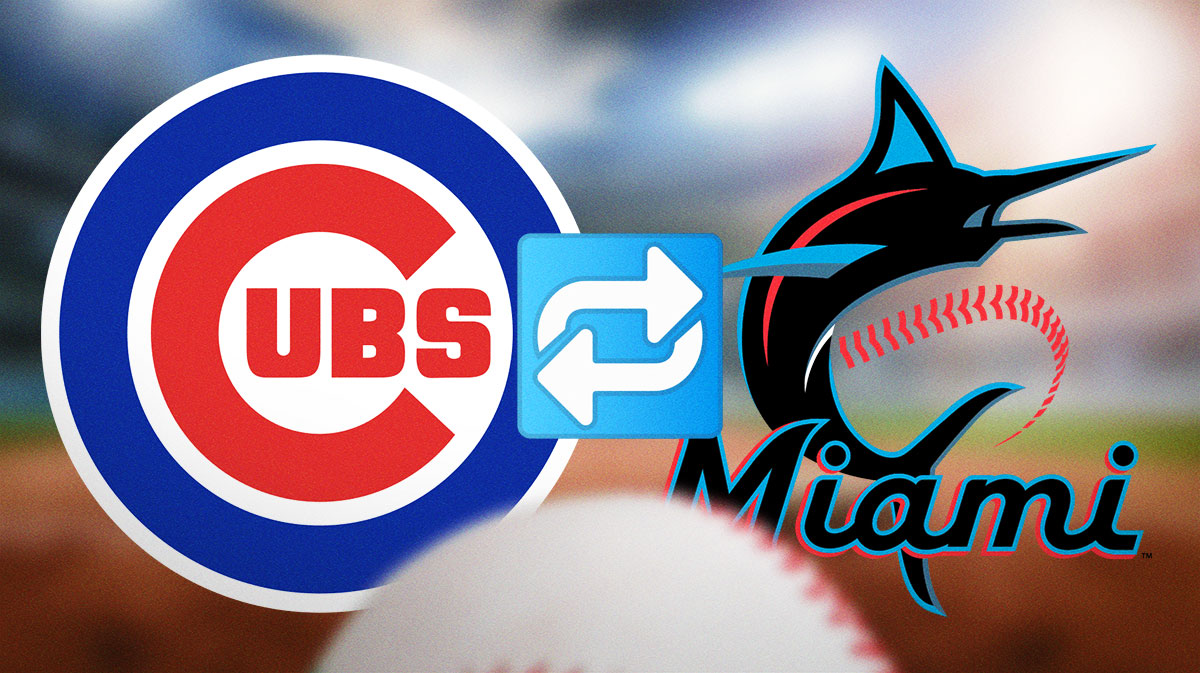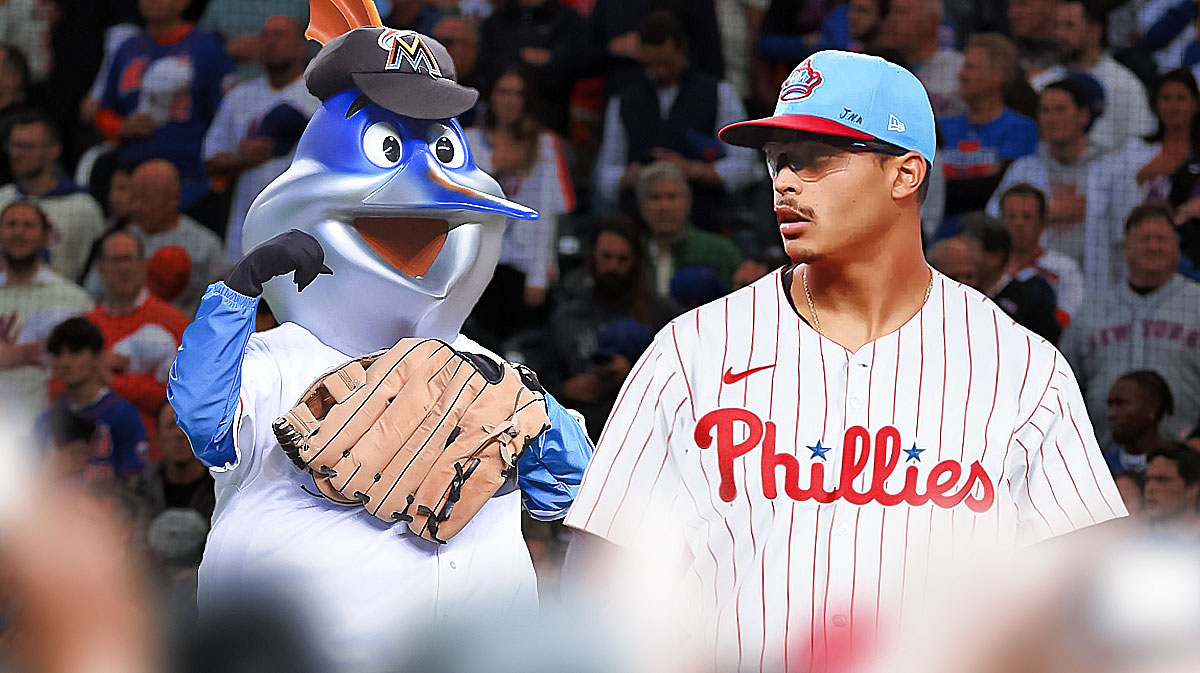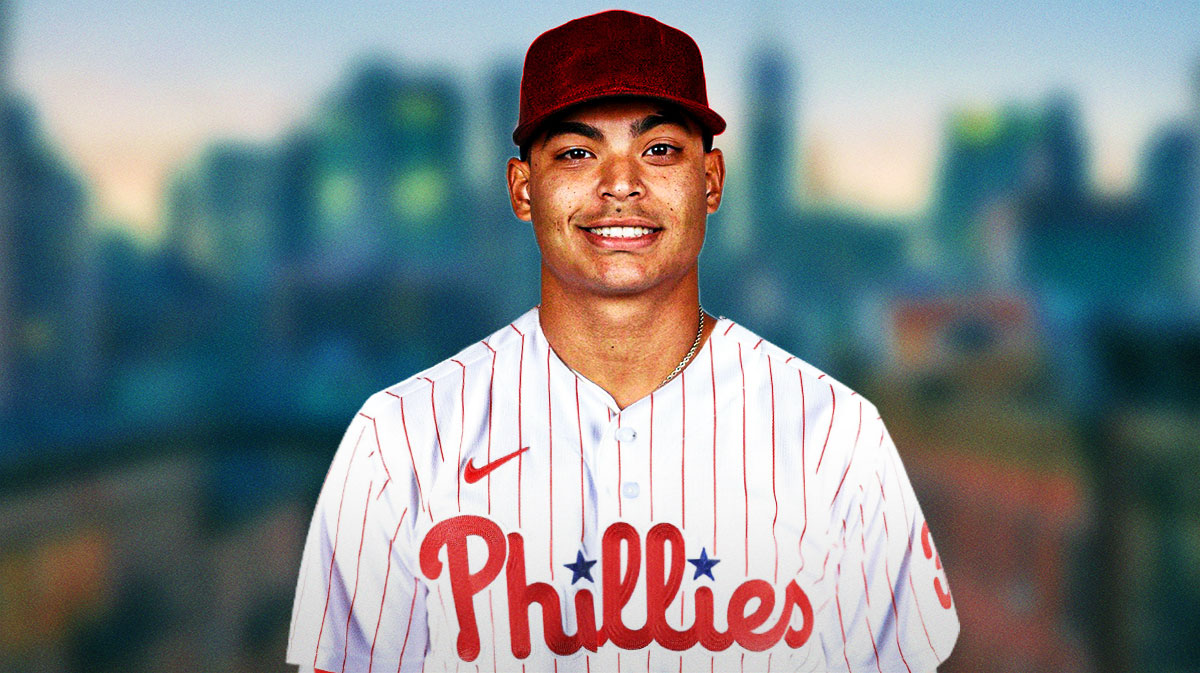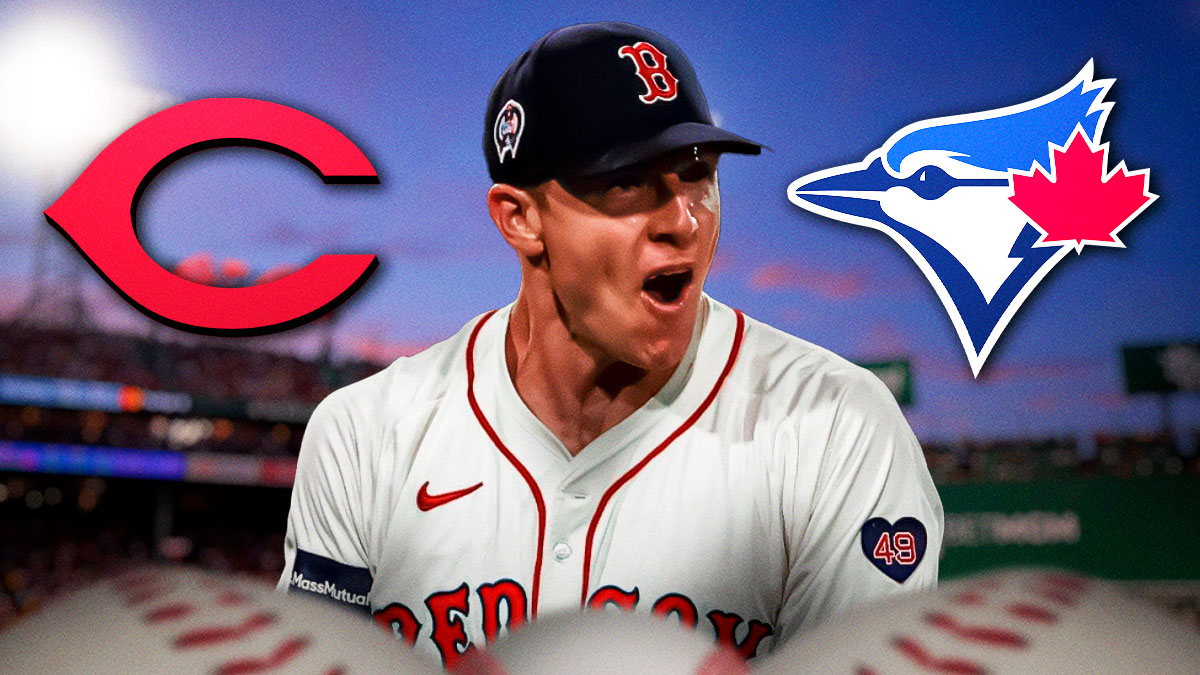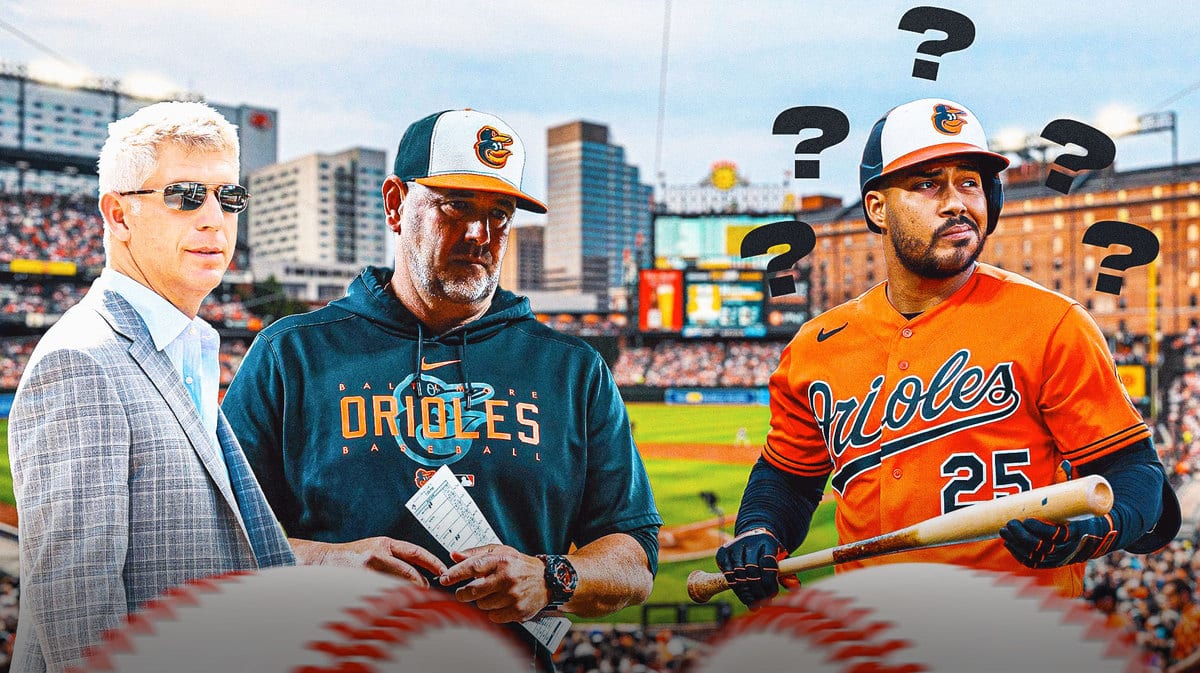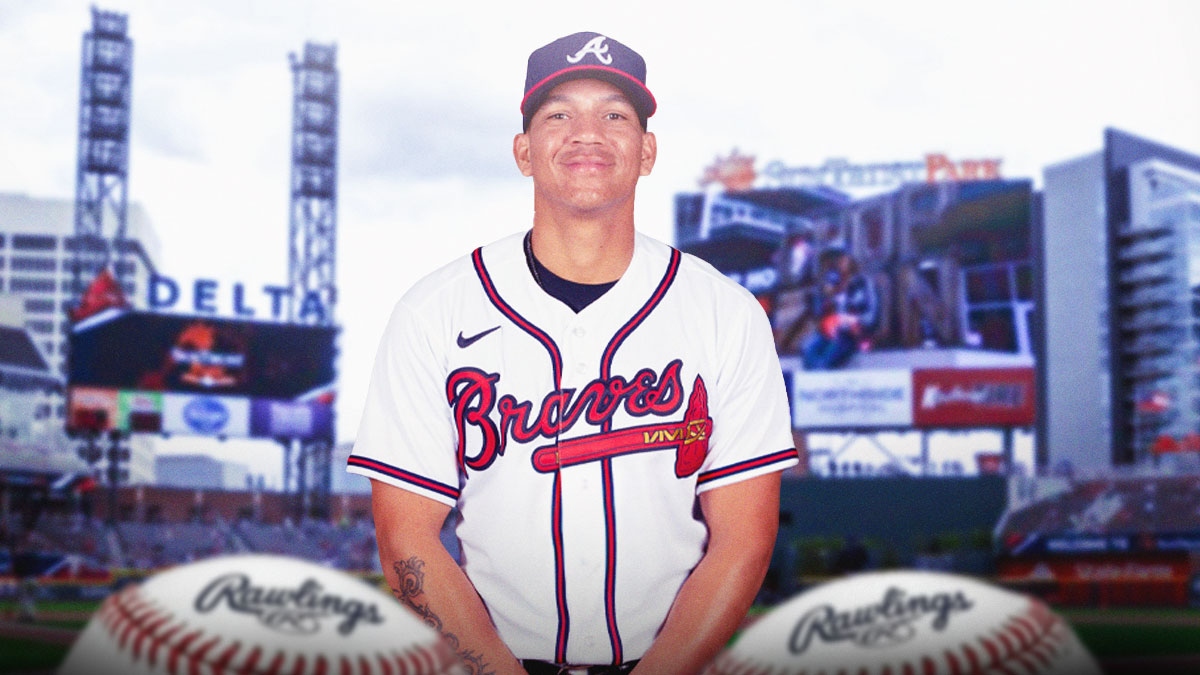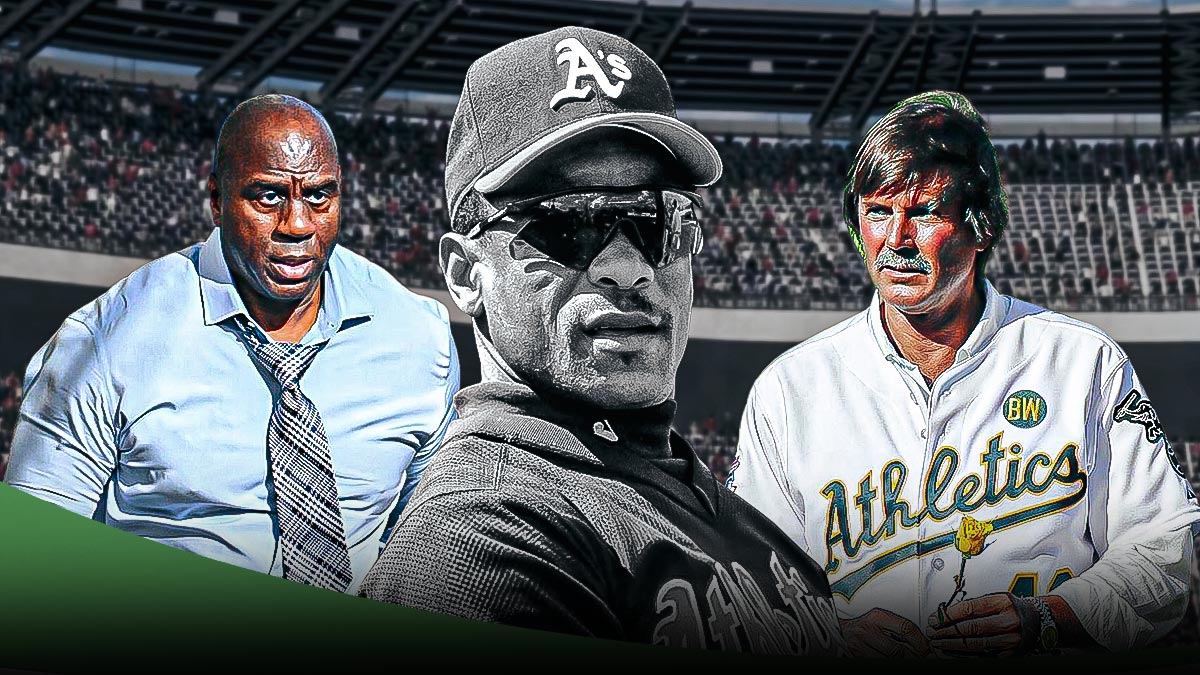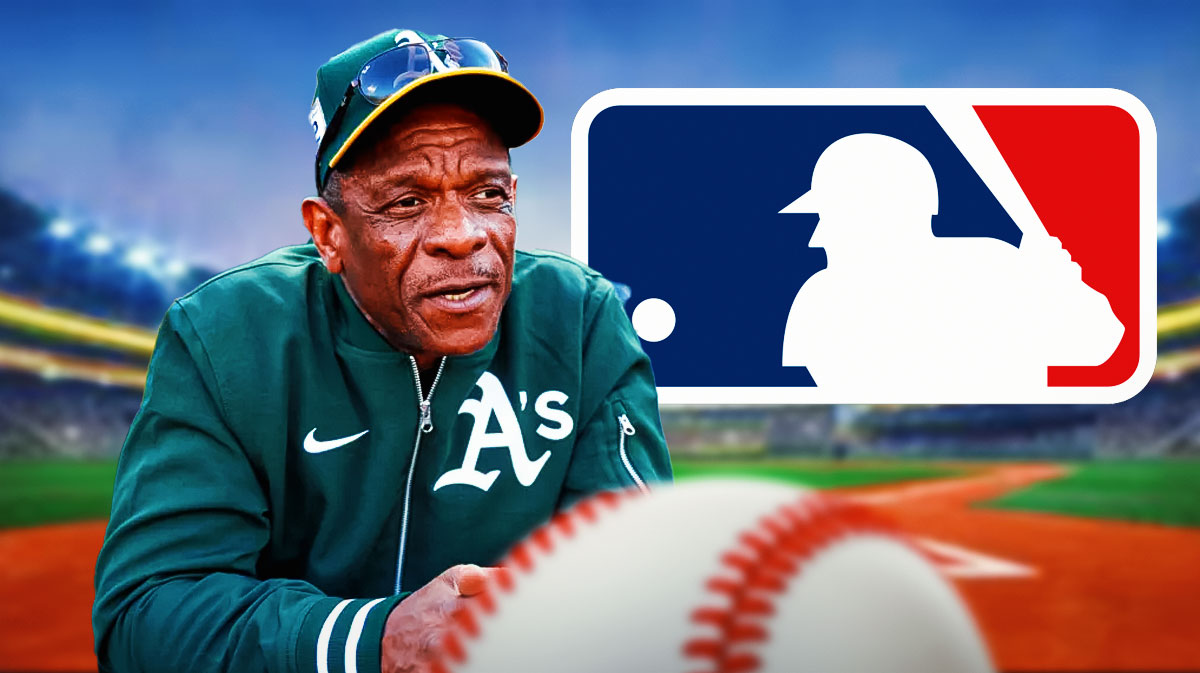The Chicago Cubs’ aggressive approach to the offseason trade market has hit a significant snag. Negotiations between the Cubs and the Miami Marlins for left-handed pitcher Jesus Luzardo have “appeared to be dead.” This revelation comes after earlier reports indicated serious momentum toward a deal earlier this week. Medical reviews on one side or the other seem to have contributed to the breakdown.
While many may speculate that Luzardo’s medical history is the source of the hesitation, there’s no concrete evidence to confirm this. It’s equally plausible that the Marlins took issue with the health records of one of the Cubs’ prospects involved in the proposed trade. Both sides remain tight-lipped on specifics, but the deal's collapse underscores the complexities of trading a high-ceiling but injury-prone player like Luzardo.
Luzardo, 27, has long been seen as a pitcher with ace-level potential. The lefty has shown flashes of brilliance, posting a 3.48 ERA with a stellar 28.7% strikeout rate over 279 innings from 2022-23. However, injuries have consistently limited his availability. His career has been marked by stints on the injured list, including time missed in 2024 due to elbow tightness and a lumbar stress reaction that ended his season prematurely. These setbacks, combined with his past Tommy John surgery, have raised legitimate concerns about his durability.
The Marlins and Cubs have ended discussions about a Jesus Luzardo trade
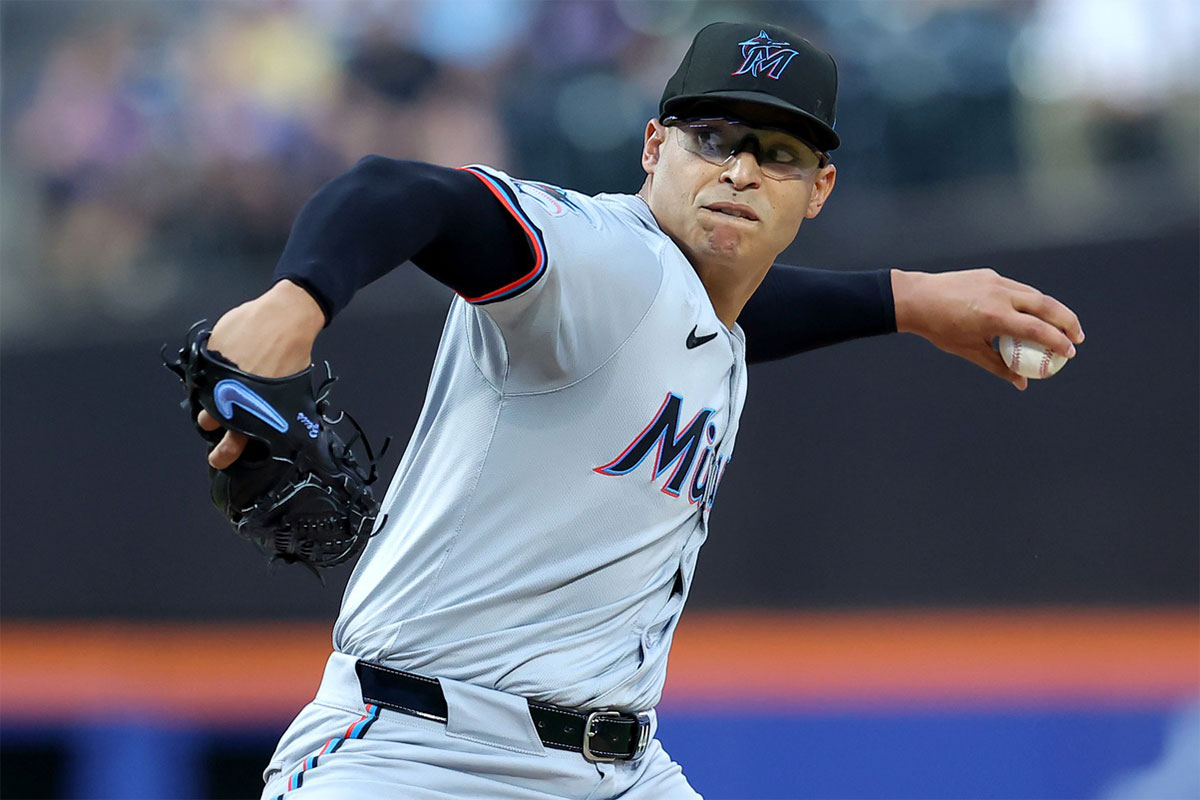
Despite these challenges, Luzardo’s raw talent makes him a rare commodity. A left-handed starter who can touch 96 mph on his fastball, generate high swinging-strike rates, and maintain at least average command is highly valuable. For the Cubs, the potential addition of Luzardo represented a chance to solidify their rotation with a high-upside arm. Unfortunately, the halted talks leave Chicago searching for alternatives.
The Cubs are far from without options. Having recently offloaded most of Cody Bellinger’s $27.5 million salary in a trade, the team now has ample payroll flexibility. With an estimated payroll of $174 million and luxury tax obligations just over $191 million, Chicago has roughly $50 million of room before hitting the first luxury tax threshold. While Levine dismissed the idea of a Cubs pursuit of Corbin Burnes, the team could pivot toward free-agent relievers or other rotation upgrades.
Late-inning bullpen options like Kirby Yates, Kenley Jansen, or Tanner Scott could make sense for the Cubs, especially given Jed Hoyer’s preference for short-term commitments in the relief market. While the Luzardo deal may not be salvageable, Chicago’s offseason plans remain dynamic.
The Cubs’ missed opportunity to land Luzardo underscores the challenges of acquiring high-upside players with injury concerns. Whether Chicago revisits Luzardo or shifts focus elsewhere, their determination to improve remains evident. Fans will be watching closely to see how they address their needs as the offseason unfolds.
